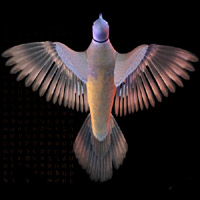The Feast of Abundant Life
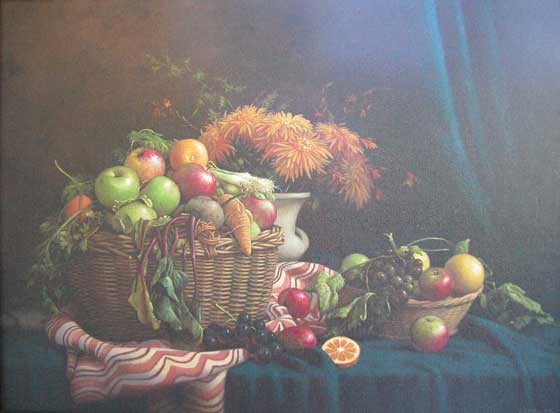
"Behold, I have set before you life and death, blessing and cursing; therefore choose life, that you and your descendents may live" (Deut. 30:19.)
These words, attributed to Moses, speak to many. Most people intend to choose life for themselves and others, at least the others in their family, ethnic group, or nation. The feast of Thanksgiving, much less corrupted from its original intent than Christmas, is still to a great extent an event in which the intention is to celebrate abundant life.
The vast majority of US-Americans and Canadians regard the laden table, centered in a roast turkey, with feelings of gratification and thanks. And they want to share. A feast is never a solitary affair; it feels not only appropriate but necessary for others, family and relatives and perhaps a friend, to join in celebrating this abundance by eating of it heartily. The vegetarian/vegan member who holds back and refuses a portion of the centerpiece (and perhaps also objects to cow's milk in the mashed potatoes and eggs in the pumpkin pie) seems to be sounding a sour, ascetic note: to be ungratefully turning her or his back on life, to be opting for scarcity and half-life, if not death.
In the face of such seemingly rational family convictions, strengthened by numbers and the security of long-accustomed ways, how is the lone vegetarian to communicate the painful irony involved in celebrating abundant life by eating a corpse, the corpse of a tormented innocent who also wanted life?
When all are gathered around the table is not a good time to bring up the subject; it has to be discussed beforehand. Unhappily, in some hard-core instances, very little communication can take place; virtually anything the vegetarian says, however gently and tactfully (some of us, of course, are neither), is taken as an attack, an insult to the cook and a rejection of the family. In such a case, if the vegetarian is an adult, the best course of action may be not to attend the event. The child or young teen is likely to be in an impossible position, humanly speaking, and can only hold to distant friends as the family of the heart, and to God as our compassionate Mother, Father and Friend.
In instances where the family shows some willingness to meet the"errant" (which originally referred to adventurous travel) member halfway, it can be helpful for her or him to demonstrate, e.g. by contributing a delectable vegan entree or eggless pie, that scarcity is emphatically not the vegetarian's message. This point cannot be overemphasized. As Carol J. Adams says in Living Among Meat Eaters, in any communal meal involving animal products, it is crucial that the vegetarian provide for her/himself by bringing something s/he can eat. If it is an exceptionally imaginative and delicious dish, it may even arouse interest and begin to dispel the scarcity mystique. The old adage about the way to a man's heart can have a deeper meaning!
Probably the most important thing the vegetarian of faith can bring to the feast is Hope, arising from commitment to the divine Light of love as the ultimate reality in the heart of every person, however tightly closed to her/his own compassion (at present). God's love for such persons never fails, and we must be channels for this love. We may not see any result from our efforts to encourage them to come to know their own hearts, but we see so little of the total reality of human existence! We do not know the full effects of what we do and say: seeds planted with love now may shoot up, bloom and bear in the lives of other people we have yet to meet; they may bear fruit even after death, on other planes of being.
Those of us who are blessed with vegetarian/vegan families can feast with the deepest gratitude, and can represent the eschatological feast in which God is host and no one is shut out.
Thanksgiving is meaningful in part because every meal is not meant to be a feast. In fantasy and romance literature we often find a pattern of movement between the Feast and the Quest. Arthurian knights gather at Camelot for the feast of Pentecost, enjoying bounty, celebrating their ideals, perhaps even rejoicing in a vision of the Grail. Afterwards, they ride out to seek the Grail and/or defend the innocent from violence, the while eating moderately of simple food they can carry. In The Lord of the Rings, the Hobbits on their anti-quest to destroy the Ring of Power can now and then enjoy an abundant dinner with Tom Bombadil or the High Elves, but most of the time they are traveling on foot, sleeping on the ground, and eating their plain waybread. In a world in which so many beings are suffering from hunger, we must eat moderately most of the time.
Friends, on this holyday let us keep the feast of abundant life. Then let us take the adventure that is sent us.

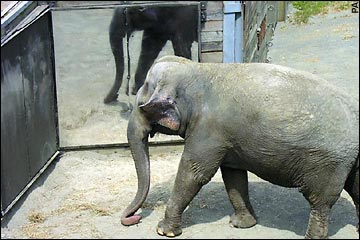 A recent article in the Proceedings of the National Academy of Sciences describes a study with three elephants in the Bronx Zoo in New York conducted by researchers from the Yerkes Primate Center in Atlanta and Columbia University. The intention was to find out whether, like human beings and other primates, elephants show signs of recognizing their reflections in a mirror.
A recent article in the Proceedings of the National Academy of Sciences describes a study with three elephants in the Bronx Zoo in New York conducted by researchers from the Yerkes Primate Center in Atlanta and Columbia University. The intention was to find out whether, like human beings and other primates, elephants show signs of recognizing their reflections in a mirror.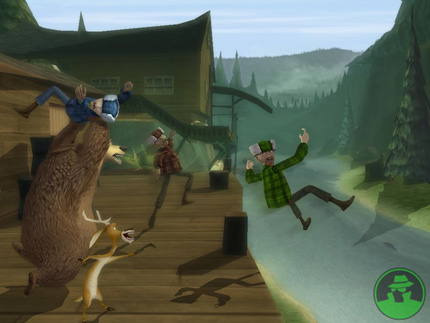
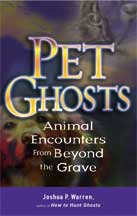 Is the cherished pet of yesteryear really dead and gone? Have you ever, despite all reason and common sense, felt the beloved animal's presence, or ever seen, heard, smelled, or felt something that brought her or him back to mind--or maybe was the presence of the vanished companion?
Is the cherished pet of yesteryear really dead and gone? Have you ever, despite all reason and common sense, felt the beloved animal's presence, or ever seen, heard, smelled, or felt something that brought her or him back to mind--or maybe was the presence of the vanished companion?
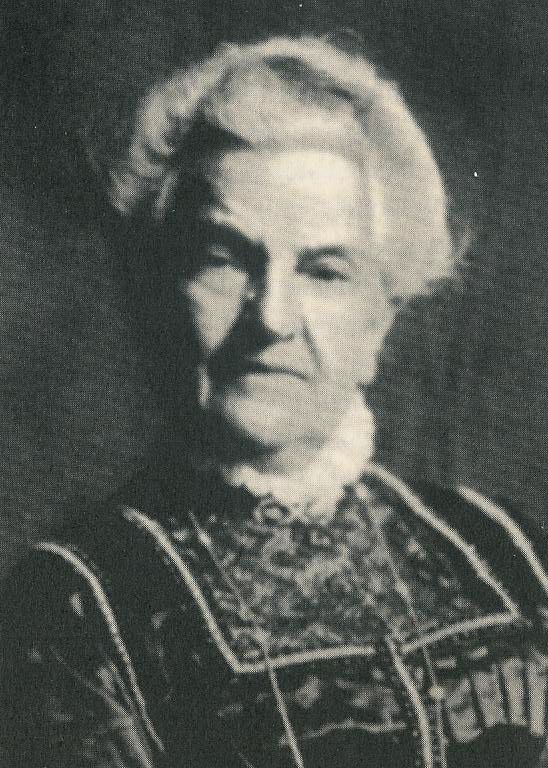 Born in a wealthy Quaker family in Philadelphia, Caroline Earle received an exceptionally fine education and grew up in a context of strong social awareness. Her parents were active abolitionists; her mother, who was a cousin of Lucretia Mott, worked on behalf of women's rights as well.
Born in a wealthy Quaker family in Philadelphia, Caroline Earle received an exceptionally fine education and grew up in a context of strong social awareness. Her parents were active abolitionists; her mother, who was a cousin of Lucretia Mott, worked on behalf of women's rights as well. 